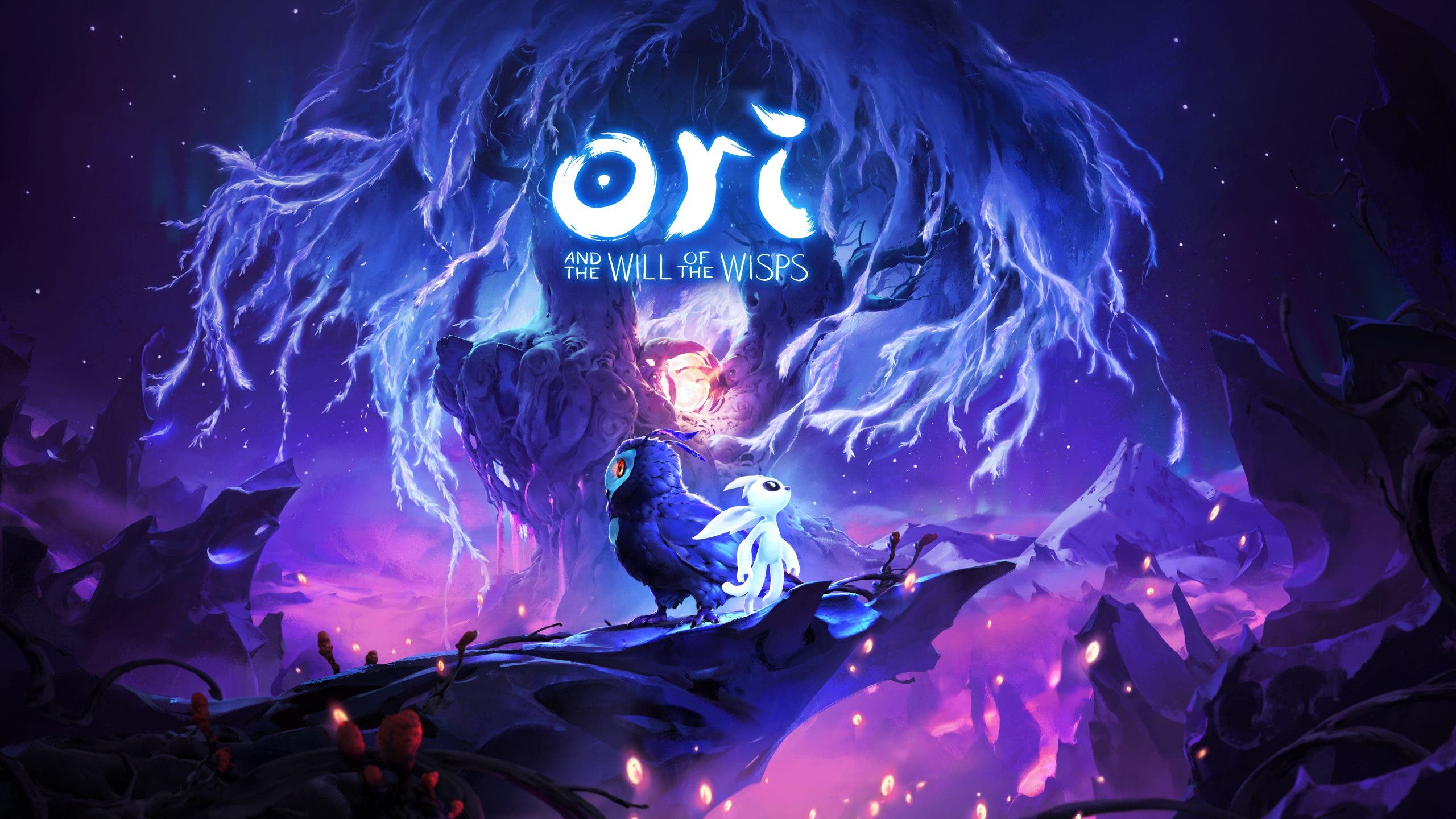You know those special experiences in life that change you? Those trips to new and exciting places, or small discoveries in your own back yard that completely alter your perspective? The one-of-a-kind memories you cling to and spend hours marinating in, longing to relive, hoping one day for a chance to recreate that magic. In many ways, that was Ori and the Blind Forest for me. It wasn’t a perfect game, but it was damn close to it, and the world created in that game was unlike anything else I had seen in a video game before, and I have longed to go back and see more of it ever since completing that game.
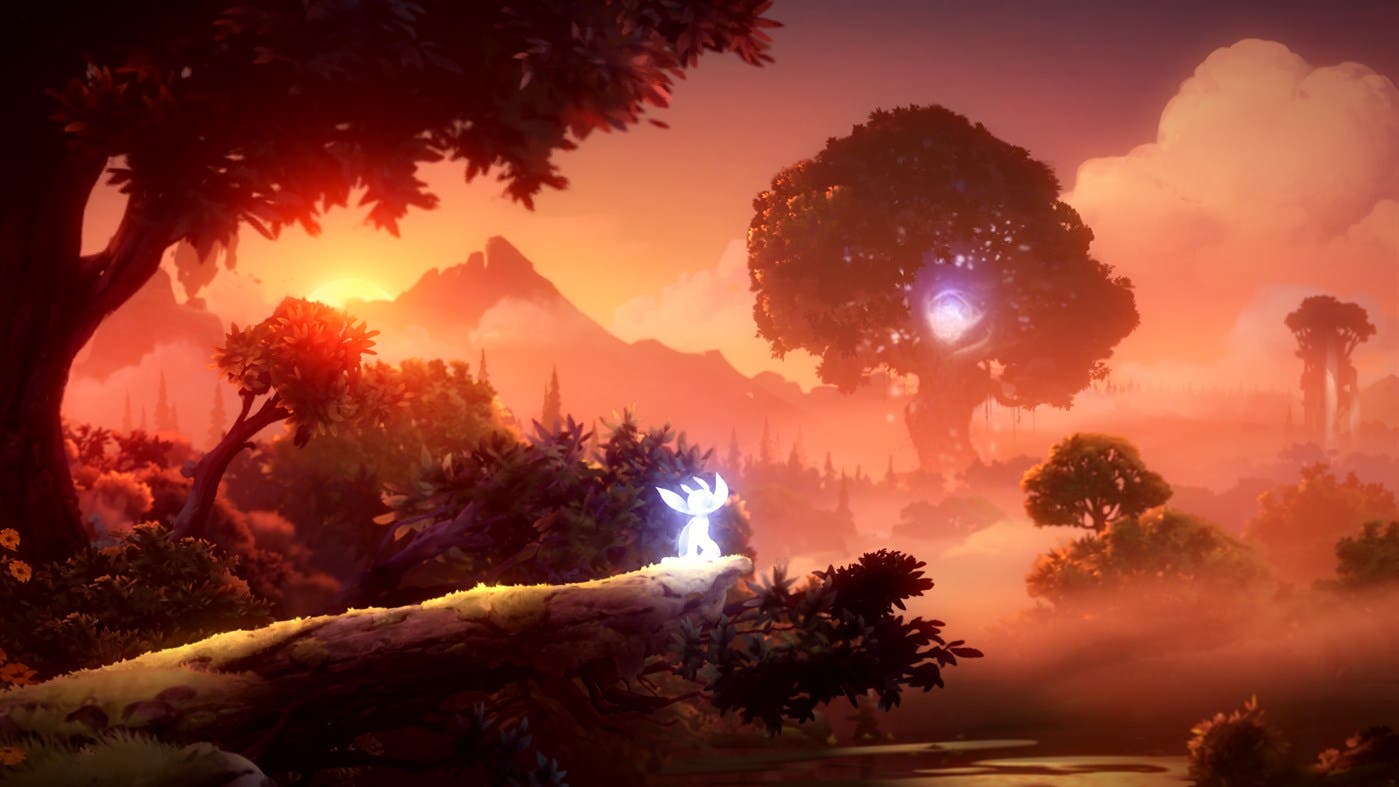
Ori and the Will of the Wisps is that rare chance to return to a place you thought might only live in memories, and it is a grand return at that. In the five years since Blind Forest debuted, Moon Studios has done some truly amazing work to make the world of Nibel come alive in ways the original title could only have dreamed. Every system has been refined and improved, and playing the game feels like a natural, fluid extension of your intent. The entire experience is thoroughly immersive in every possible way; visually, aurally, mechanically, and emotionally.
One of the hallmarks of the original game was the touching narrative crafted by Moon Studios that the player could connect with easily and meaningfully, granting the scenario a weight you could feel almost tangibly. That not-so-secret ingredient is still very present in Will of the Wisps, and it is used to great effect from the outset. In the introductory sequence, we’re introduced to Ku, a young owl who is raised by Ori and Naru to be a part of their family. The sequence cleverly and deliberately rhymes with some of Blind Forest‘s early stanzas, leveraging familiar notes to weave a new tune for this game. Shortly, Ori and Ku are off on a new adventure beyond the forest of Nibel to discover and ultimately rescue another land that has fallen victim to forces of darkness. Ku and Ori quickly become separated upon arriving in Niwen, and as Ori, your quest to purge the Decay that has taken over much of its lands begins with reuniting these two friends.
These early moments of the game are truly breathtaking from a visual standpoint. The beautiful illustrative visual style of Blind Forest has been revamped and really pushed to its limit, trading out mostly two-dimensional sprites for a cleverly employed 3D engine that can render the characters and environments with intricate detail, movement, and rich lighting that imbue everything on screen with vibrancy and life to an amazing degree. The impact of this collective effect is immediate, and it continues to amaze throughout the game with each new environment you explore. Crepuscular rays seep through tree branches in the background, pools of water ripple and react to events in the environment, plants sway in the breeze, and creatures move fluidly and organically with a realism that defies their cartoony portrayal.
Step Up
Niwen is huge and chock full of danger, challenge, and wonder alike, and each diverse location is dense with challenges, power ups, and quests. It feels like a richly populated place, even for somewhere struggling to fight off the evil forces threatening to overtake everything. The Moki, local wildlife resembling the cutest aspects of lemurs and common house cats, are everywhere, and act as a shy but helpful chorus that follow Ori and guide them on their adventure. Ori will need all the help they can get, given that the difficulty curve of Will of the Wisps ramps up relatively fast, and the enemies and environments in Niwel are not pulling any punches.
The flip side of this is that Will of the Wisps also ramps up Ori’s access to abilities extremely quickly, such that within the first hour and a half you have the majority of Ori’s core move-set available to you, and a host of options to further customize and extend what Ori can do. The result is that in relatively short order, you’re jumping, air-dashing, and grappling your way through complex platforming puzzles with relative speed and ease, and world traversal becomes incredibly fun much sooner than even in the first game.
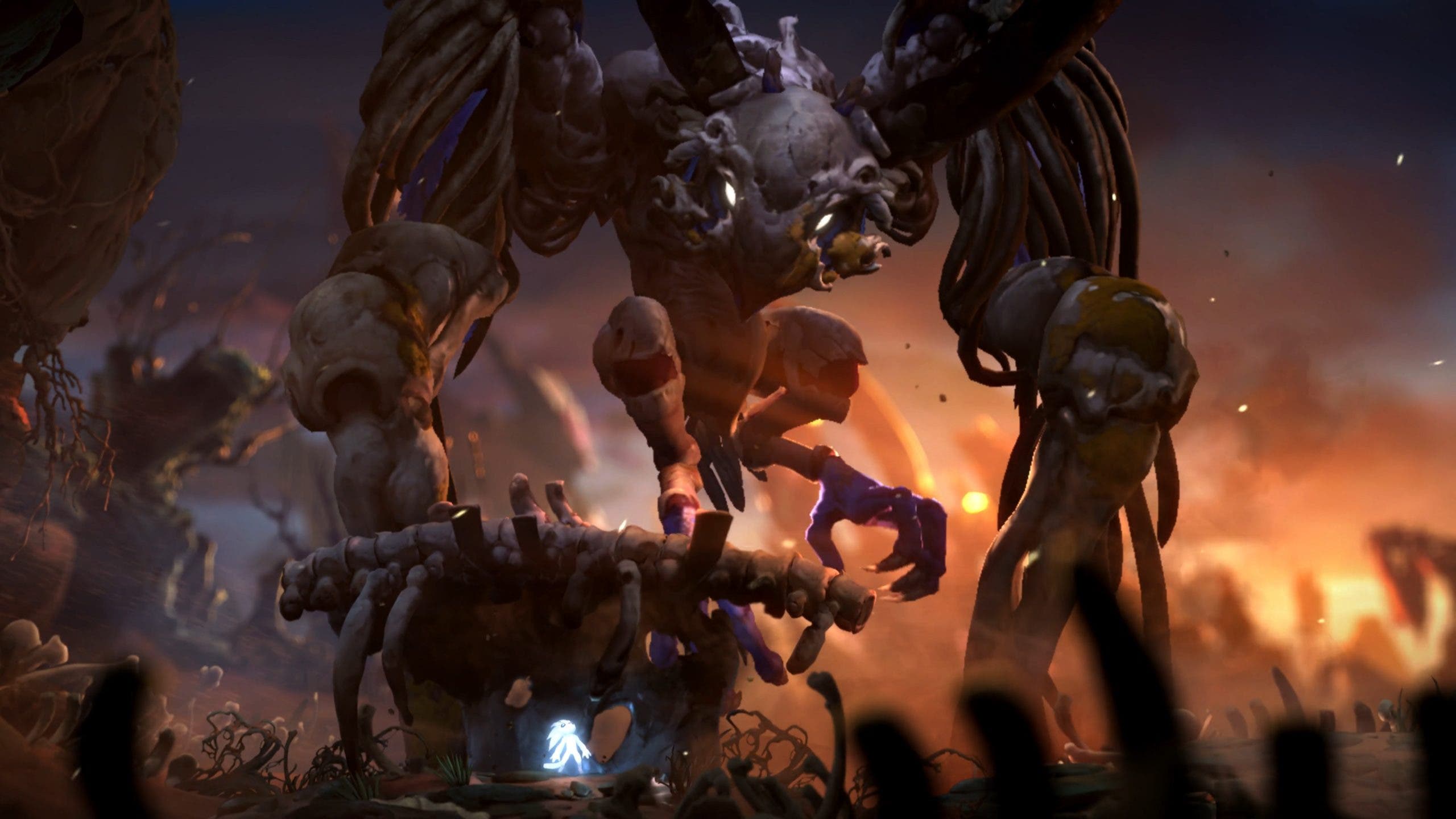
The environments are still full of obstacles and hostile creatures, but the tools you have available to deal with those threats and overcome them are more than adequate to give you the advantage relatively early in the game. And while the level of overall challenge does increase as your skills grow and get deeper into the game, there is just enough of a thumb on the scale in your favor such that you are confident you can conquer anything the game throws at you. Even the game’s most challenging platforming sections can make you feel like the ultimate gamer, ascended to a god-like level of skill as your muscle memory kicks in and you navigate improbably difficult sections in a zen flow-state.
The updated auto-save/checkpoint system certainly doesn’t hurt this feeling either, though. I remember one of my only real frustrations with Blind Forest was the need to manually create restore points before taking on a tough platforming section or boss fight to make sure I didn’t have to retread too much ground. That entire mechanic is gone in Will of the Wisps, instead opting for a generous and smartly designed checkpoint system that works with you to help you continue moving through the game, instead of often becoming another artificial barrier between you and progress more often than it helped you recover. This is a huge change for the better and I’m personally very happy to see this particular aspect of the game rethought and implemented so well.
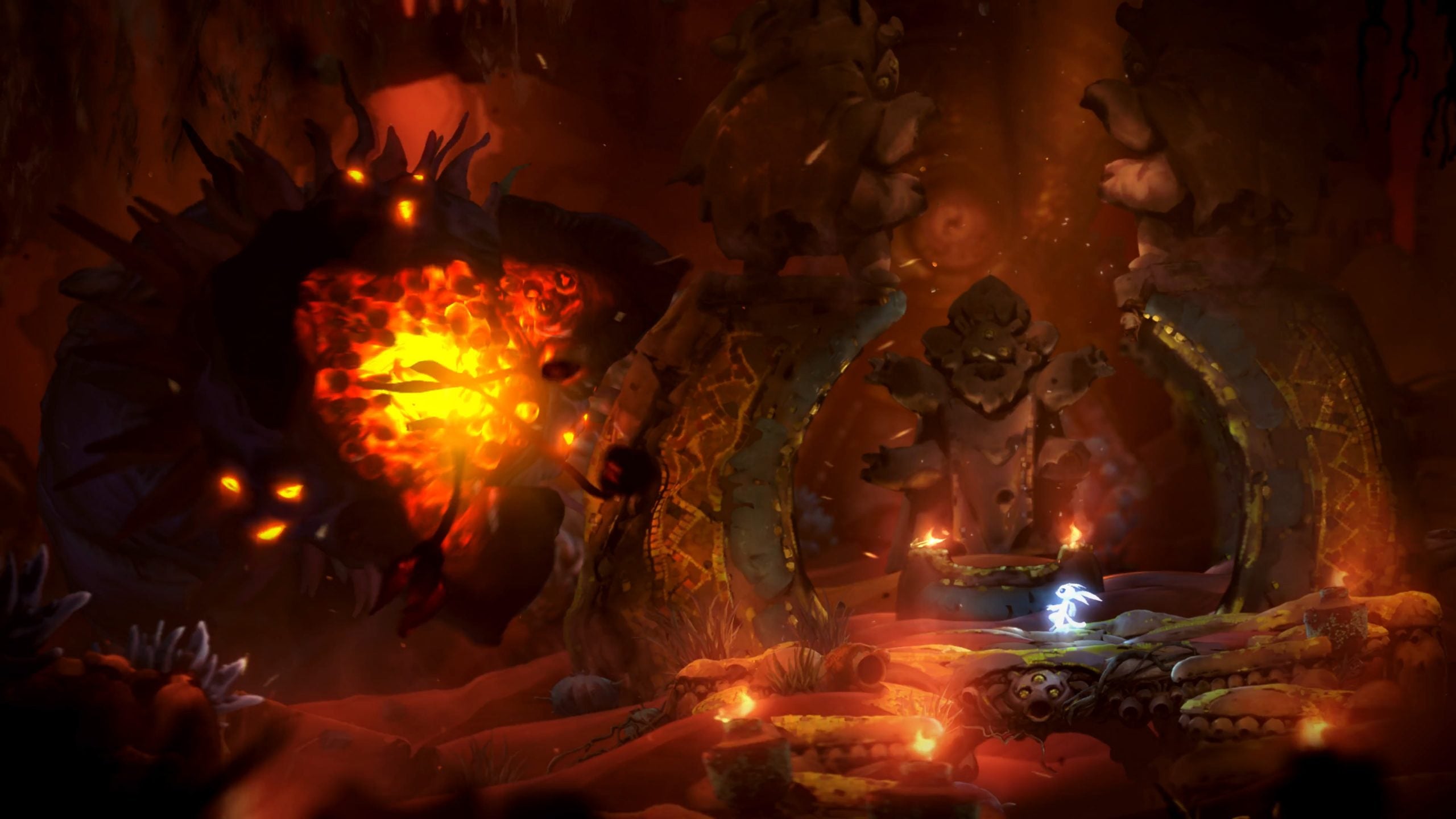
This theme of player friendliness and fairness is fairly consistent across the board with all of the updated mechanics. One of the other extremely welcome changes is the total removal of the concept of a skill tree in favor of a “Spirit Shards” system that is more or less identical to the Charms system from Hollow Knight. You’ll discover Shards naturally in the world and also purchase them from vendors, and you can equip any combination of them you like into your available slots. You start the game with just three, so your choices have to be fairly judicious at first, but you will gain access to upgrades that increase the number of shards you can have equipped, and therefore the diversity of abilities at your disposal. Shards typically represent passive abilities, like clinging to walls, increasing damage output at the cost of damage received, or the number and types of orbs spewed out by enemies when they die.
Similarly, there are active Skills you can discover and purchase, which can be assigned to three ability slots which correspond to the X, Y, and B buttons. These skills mostly shape your offensive arsenal, with a set of options for melee and ranged attacks, but there are abilities like health recovery available as well. Like Shards, your Skills can be upgraded and combined in ways that cater to your preferred play style. The end result is a much more dynamic skill set that adds to the overall sense of being in control of your own fate and being able to play the game the way you really want to. In some ways, it’s not that different from a traditional skill tree, but the obvious difference is that most ability options aren’t gated behind earlier tiers that force you to invest into a branch you don’t really care about just to get one ability you’re interested in. It’s a huge quality of life improvement that makes Will of the Wisps feel every bit the contemporary platformer you would hope to be playing after several years of really excellent games in the genre.

The Feeling’s All Around You
This is a game about adventure and exploration, yes, but it’s also unabashedly focused on the importance of family and community as central themes to Ori’s quest. Throughout the entire journey, Ori is never truly alone; whether being guided and encouraged by the friendly Moki, performing odd jobs for the curiously ever-present Tokk, or purchasing maps and upgrades from the game’s various vendors, the inhabitants of Niwen are everywhere, and they are there to help. This constantly building sense of community and having a healthy support structure in place helps bolster your confidence in your own abilities, and gives you opportunities to give back to some of Niwel’s less empowered inhabitants.

While none of this is technically new territory for games, it’s all in the execution here. Will of the Wisps expertly forges connections between the player and the characters in the game, through excellent character animation, natural dialog and highly relatable scenarios. There’s a small side quest in the first act that involves a family of Moki seeking refuge from the Decay that hit home pretty hard for me despite its brevity. Chalk that up to me being a parent of a small child, but the game is very good at framing the plights of these creatures in ways that are easy to empathize with. The heavier emotional beats of Will of the Wisps can catch you off guard in this way, but the “up” moments inspire just as strong of a sense of joy and triumph. It’s a heartwarming journey that has you rooting for everyone, and you will find yourself personally invested in restoring Niwel to its former glory.
The musical score, which is absolutely brilliant, also does a lot of heavy lifting in this department. It’s swelling, dynamic, and emotionally stirring in all the right places, and it serves as your constant companion on your journey. It underscores the personality of every environment, lending a greater sense of immersion and pairing perfectly with each unique biome. Melodies crescendo and turn bright as you enter populated zones, they become cautious and tense while working through dank, treacherous areas, and the tempo picks up while the percussion pounds during thrilling escapes and menacing boss fights. It’s an expertly crafted score that feels just as alive as the game on screen, and it is truly an essential to the success of the world building and emotional connection the game is constantly cultivating.
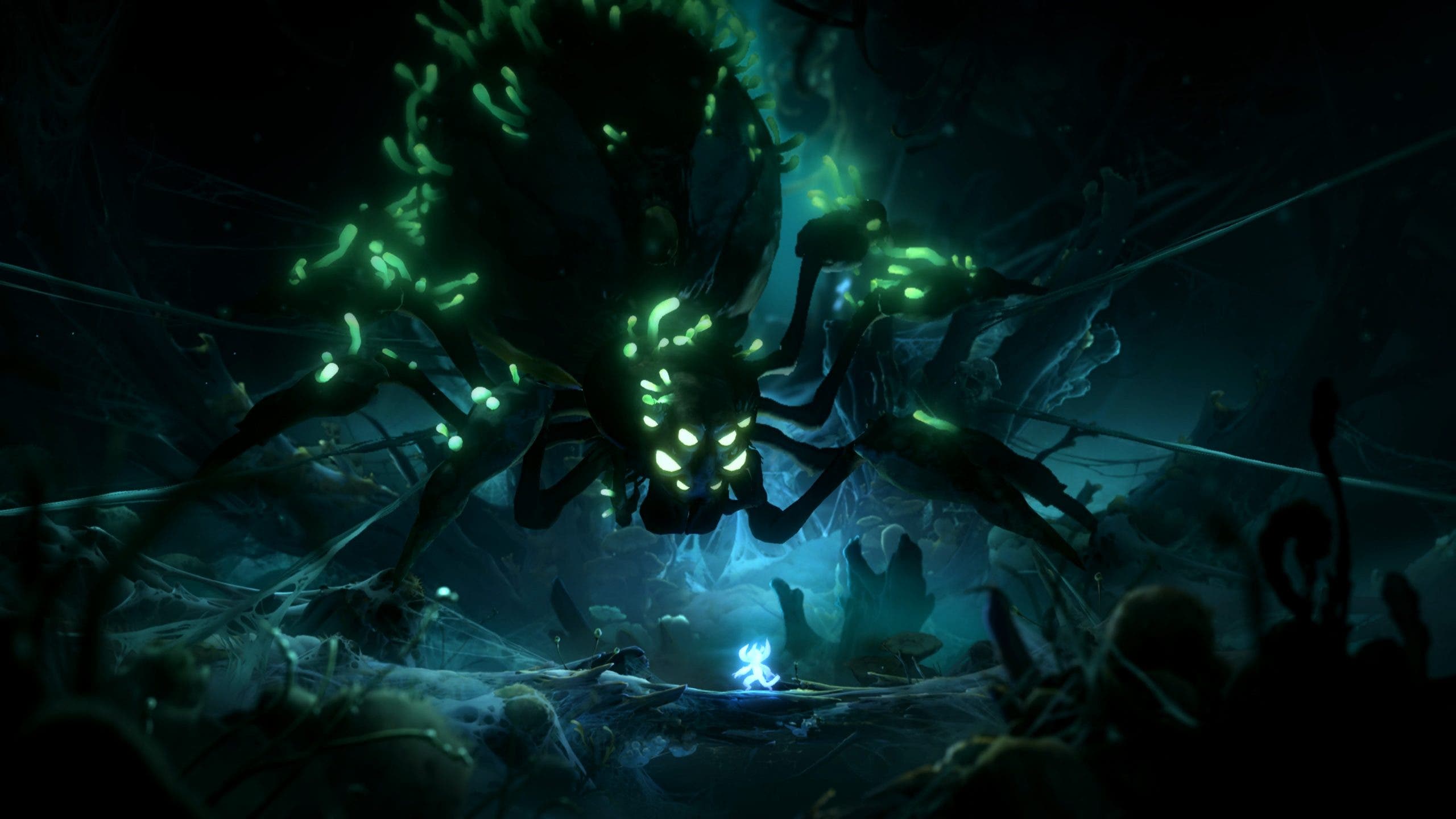
Does it Blend!?
I’ve mentioned of course that Ori and the Will of the Wisps looks truly incredible and is superbly detailed. This major upgrade in visuals is of course more demanding of your hardware, regardless of what platform you’re playing on. Considering how that Blind Forest set the standard for the series with fluid performance, it’s crucial that Will of the Wisps is similarly smooth and responsive, both due to its legacy and the ambitious nature of the platforming later in the game. I played Will of the Wisps on both my Xbox One X and my Windows PC, and paid close attention both to overall performance, and to how each machine handled some of the more intense sections.
Starting with the Xbox One X, I will say that the game looks stunning on a 4K screen, especially on an OLED display with HDR. The richness of the colors and the range of light and dark is really apparent in the artwork here, and while the game is beautiful regardless of what you play it on, the extra features utilized by the Xbox One X on an HDR-capable 4K set are very noticeable. The game runs at a full 60 frames per second in 4K, and generally speaking it’s able to uphold this frame rate very consistently, so the net effect is a gorgeous, highly impressive experience that could be considered a showpiece for those of you with a high-end TV. The “release” build did suffer from some hitching and stuttering in places, but there is a day-one patch available which resolves the vast majority of these problems, so the final product that you’ll be experiencing when you purchase and play on Xbox One X is a very polished experience.
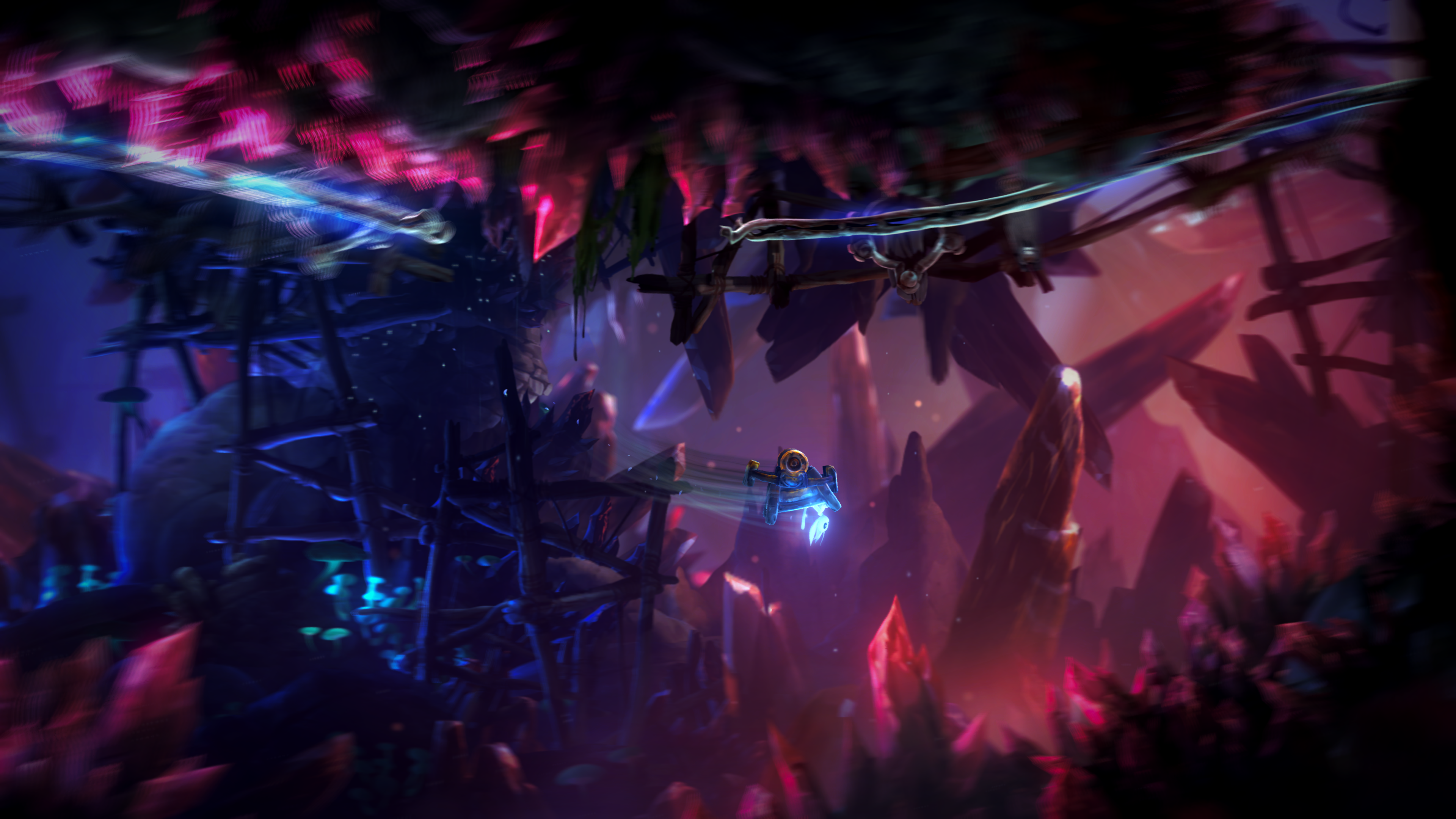
Playing the game on PC in 1440p with a quad core Intel i7 processor and a GTX 1080 is unsurprisingly also an excellent experience. The game runs great on Windows, still maintaining a solid 60 FPS and above, and it comes with a few extra options to tweak the graphics settings to your liking, like disabling v-sync and motion blur. I did notice a few curious issues; even though I have the game set to run at my display’s native 1440p, some of the edges and text rendering appear soft at times, as though they’re being upscaled. I can’t tell if this is an actual bug or just something to do with the game’s assets and how it’s rendered, and most of the time it was not a problem, but some edges weren’t quite as crisp as I was expecting. There were also many instances of very slight hitching when opening the map screen, which again isn’t particularly egregious, but is something you’ll notice. There was also one particularly strange (and totally isolated) issue with the camera during an in-game cut scene and all of the entities on the screen jittering back and forth by a few pixels until the camera panned again.
Do these issues actually matter or impact game play? Absolutely not, and most importantly, the game itself runs extremely well the vast majority of the time (especially during the very lovely in-engine cut scenes), and I never once had a performance issue while I was in direct control of anything happening. The issues I encountered on PC were extremely minor, and I would be willing to bet they will be patched out in short order.
The bottom line is that the game runs extremely well on both Xbox One and PC, and it is an absolute visual treat. Moon Studios has already demonstrated in the run up to launch that they’re dedicated to polishing out every remaining rough edge, and I expect they’ll continue to tackle any minor issues that come up.

Until Next Time
Ori and the Will of the Wisps marks a thrilling return to the unique, gorgeous world created by its predecessor. In many ways it is more of the same, but only in the best ways possible, as Will of the Wisps succeeds in retaining all of the high points of Ori and the Blind Forest, while making great improvements and updates across the board. It’s an emotional journey with a lovely story about friendship and family that looks incredible, sounds lovely, and feels really great to play. Sequels have the unenviable task of being both the full embodiment of and improvement over their progenitors, and Will of the Wisps absolutely delivers on this difficult task. It’s every bit the follow-up you would want to see, and it stands in its own right as an excellent game.
A pre-release Xbox One / Windows 10 PC code was provided by the publisher for review purposes
